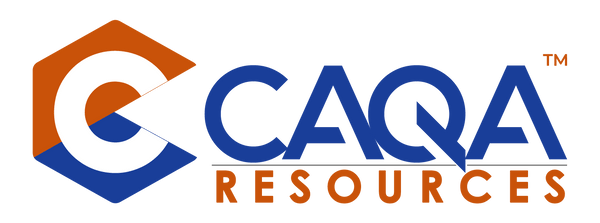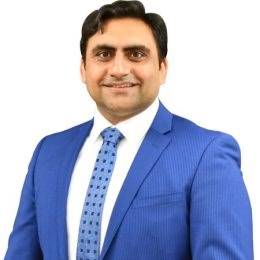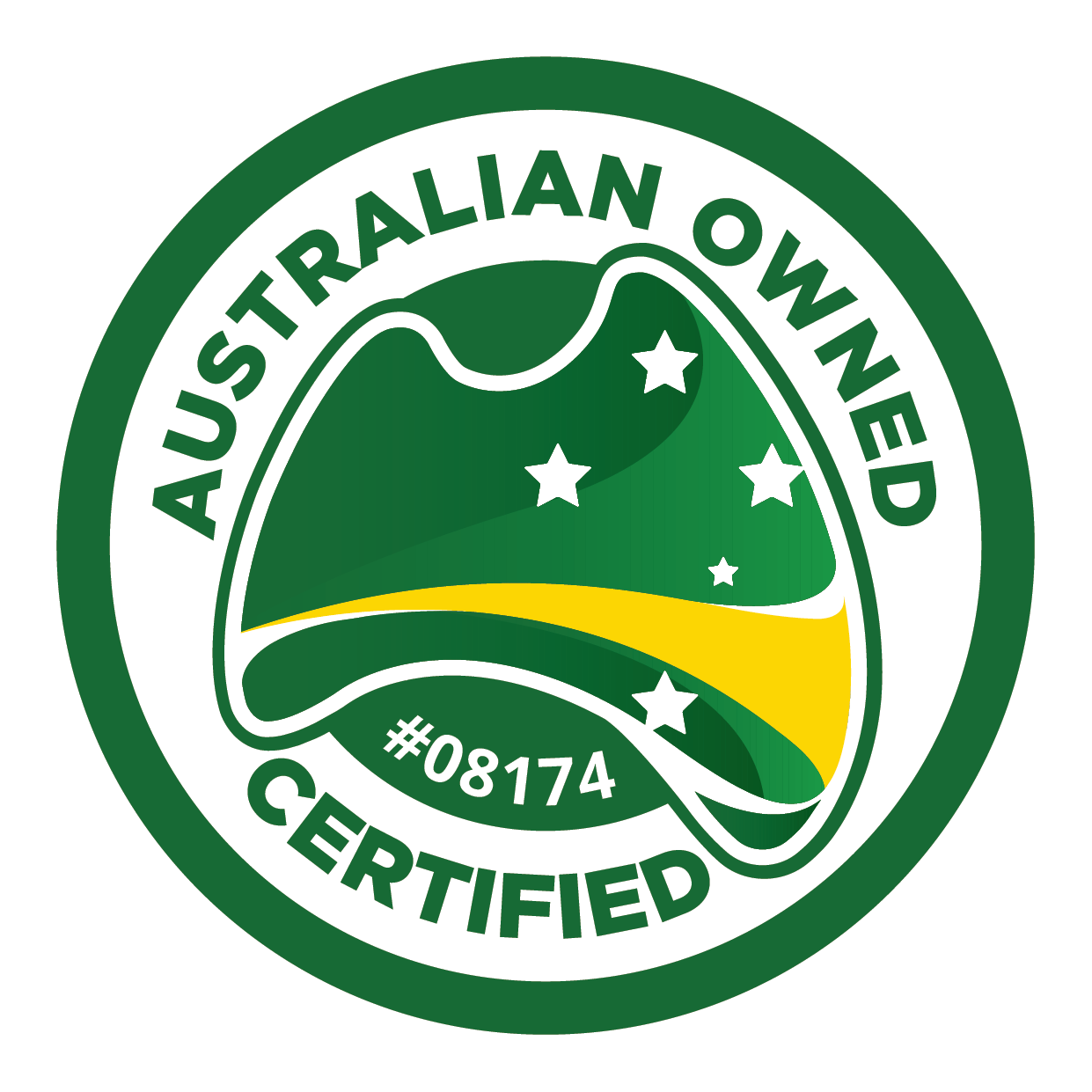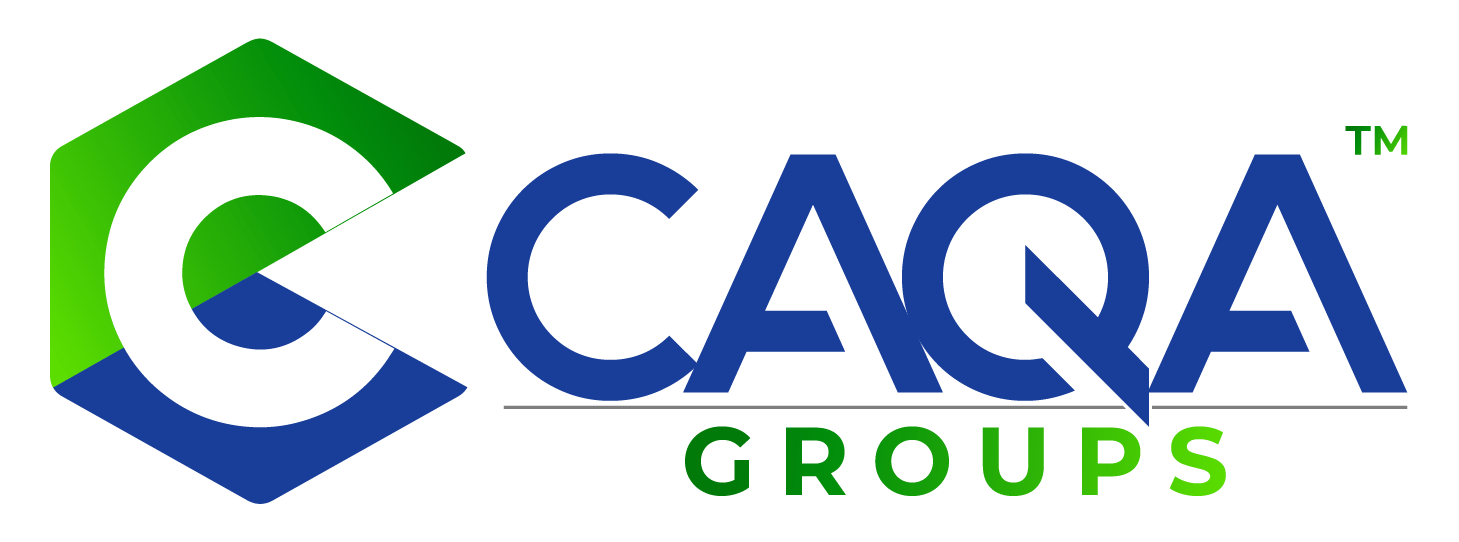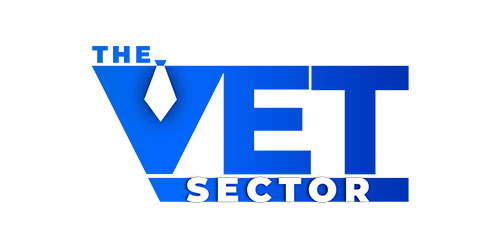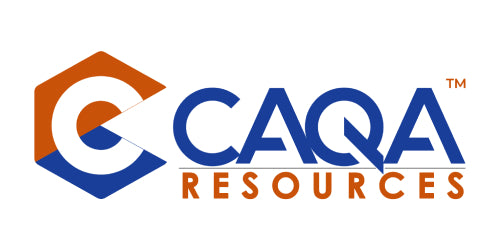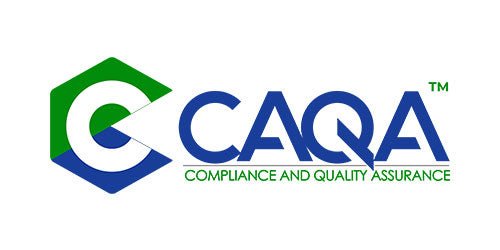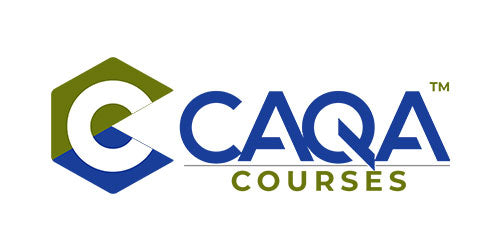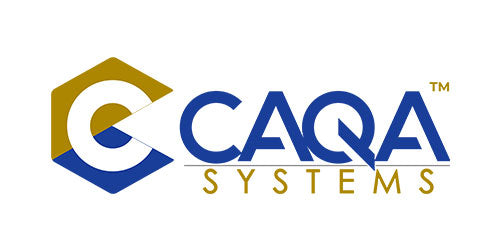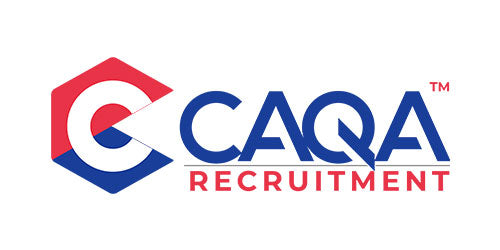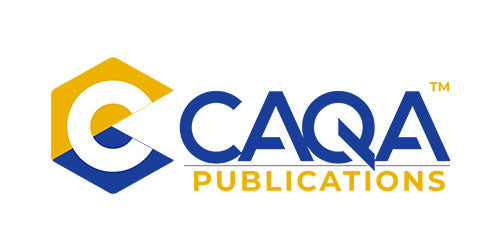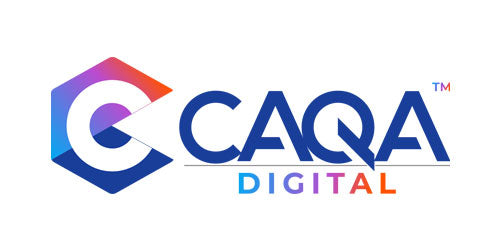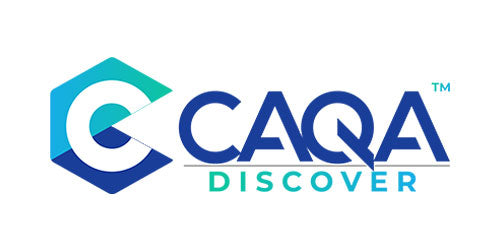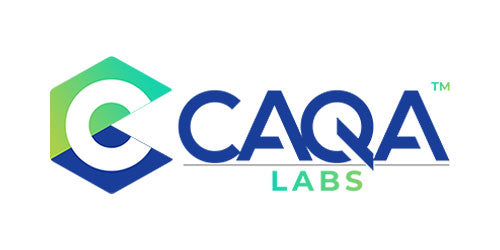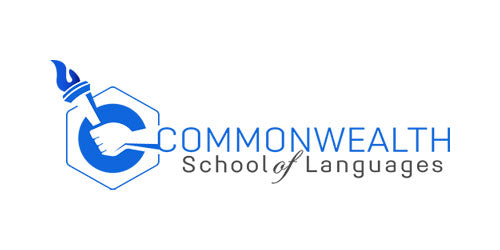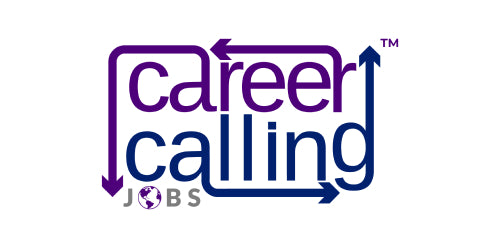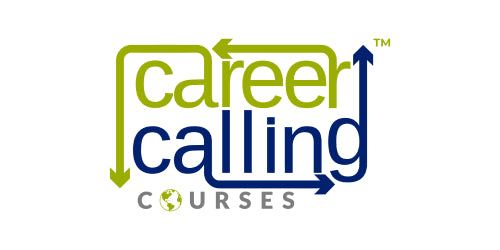In the dynamic landscape of modern education, it's imperative for training organisations to nurture creativity and critical thinking in students. These skills are crucial for their success in various fields.
Key Strategies to Encourage Creativity and Critical Thinking:
Defining Concepts: Clearly explain what creativity and critical thinking entail, helping students understand their application in real-world scenarios.
Brainstorming: Encourage brainstorming sessions to foster innovative problem-solving.
Understanding Diverse Perspectives: Teach students to consider multiple viewpoints, enhancing their decision-making skills.
Questioning: Motivate students to ask deep, probing questions for thorough understanding.
Research Skills: Guide students in effective research methods to substantiate their ideas.
Finding Individual Voices: Help students find and express their unique perspectives.
Thinking Outside the Box: Challenge them to think creatively and approach problems uniquely.
Critical Evaluation: Encourage them to critically assess their work for continuous improvement.
Collaborative Learning: Promote teamwork for collective idea generation and problem-solving.
Innovation and Risk-Taking: Encourage innovative thinking and calculated risk-taking.
Open-mindedness: Teach students to be open to new ideas and experiences.
Self-Challenge: Motivate them to push their boundaries and explore new concepts.
Creative Problem Solving: Foster an environment where creative solutions are valued.
Lifelong Learning: Instil the importance of continuous learning and growth.
Celebrating Mistakes: Help students see mistakes as learning opportunities and part of the creative process.
FAQs:
1. Why is it important to encourage creativity and critical thinking in students?
It equips them with essential skills for problem-solving, innovation, and adapting to diverse challenges in their fields.
2. How can a training organisation define creativity and critical thinking for students?
By explaining these concepts as the ability to think outside the box, evaluate information critically, and apply knowledge innovatively.
3. What are effective ways to encourage students to brainstorm ideas?
Create a supportive environment, use thought-provoking prompts, and encourage open discussion without judgement.
4. How can students be encouraged to explore different points of view?
Through activities that require them to adopt various perspectives, debates, and discussions that highlight diverse viewpoints.
By implementing these strategies, training organisations can significantly enhance the creative and critical thinking abilities of their students, laying a strong foundation for their future success.









